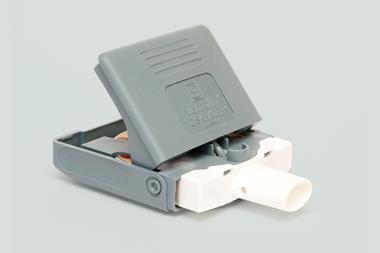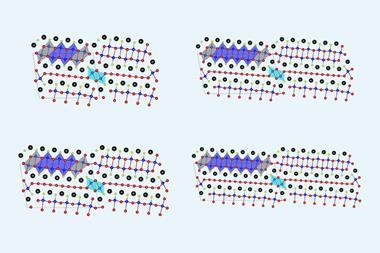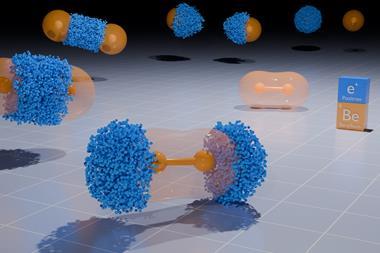A non-invasive PCR test that measures the ratio between two biomarkers could help detect Parkinson’s disease long before symptoms appear.
‘In many respects, neurodegenerative diseases today are where cancer was 50 years ago, namely when you are able to diagnose it, it’s too late to treat – so that’s why we need early diagnosis,’ says Hermona Soreq, a molecular neuroscientist at the Hebrew University of Jerusalem in Israel and one of the test’s developers.
Recently, diagnostic tests for Parkinson’s disease have focused on elevated levels of the α-synuclein protein in cerebrospinal fluid (CSF) or mitochondrial DNA in the blood, both of which can vary significantly between patients. Quantification of multiple sensitive and specific blood biomarkers could help to overcome this variability.
The researchers from the UK and Israel turned to transfer RNA which, they say, has been overlooked in Parkinson’s disease diagnostics. ‘Transfer RNA are very small molecules whose job is to bring amino acids to the growing protein chain,’ explains Soreq. ‘There are many different transfer RNA and when they are done with their work they get disintegrated and break down to pieces – the fragments are several dozens of nucleotides – very small.’
Soreq and her team searched for families of transfer RNA fragments (tRFs) whose concentrations are altered in the brain, blood and/or CSF of patients with Parkinson’s disease. Combining this with existing knowledge that mitochondria dysfunction and death is a hallmark characteristic of neurodegenerative disease they developed a whole blood PCR test that could detect both elevated levels of Parkinson’s disease related-tRFs and mitochondrial tRFs.
They found that measuring the ratio of Parkinson’s disease related-tRFs to mitochondria-tRFs helped to separate early Parkinson’s patients from healthy controls who had the same Parkinson’s disease genetic mutations. Patients carrying Parkinson’s disease mutations had higher blood ratios of Parkinson’s tRFs to mitochondrial tRFs than mutation-carrying non-symptomatic controls.
‘We know that these fragments accumulate in the blood and, at the same time, the mitochondrial fragments go down because of mitochondrial disease, then we see more tremor in the patients,’ says Soreq. ‘When they are operated on with deep brain stimulation, the levels of the tremor-associated sequence go down .’
The accuracy of the test was an improvement on gold standard clinical measurements, which assess patients’ physical capacity in order to measure the progression of Parkinson’s disease. The researchers did find some limitations with the test, however. ‘We couldn’t find the same ratios in African Americans … there are genetic causes that make a difference but we don’t know yet what they are,’ Soreq says.
Perdita Barran, a mass spectrometrist at the University of Manchester who has worked extensively on methods to diagnose Parkinson’s disease, says a general neurologist would likely be able to correctly diagnose between 65–70% of patients with motor symptoms and for neurologists who are experts in movement disorders this rises to about 84%. However, for diagnosing early Parkinson’s disease, before motor symptoms start, these numbers are lower. ‘The [researchers are] saying that if they had 100 people they would be able to determine, for 75% of them, their Parkinson’s status, even pre-motor – which is really good.’
However, Barran highlights that surveys have suggested that only half of people with Parkinson’s would have liked to know their status earlier, because currently there is no cure. ‘As a test currently, this is not appropriate and would not be useful except for a very small – about 12 to 14% – number of people who have a genetic link,’ she explains. ‘Those people tend to want to know because their chances of getting Parkinson’s are higher than people who don’t have [a genetic link]…. Where learning about those people’s Parkinson’s status is useful clinically, is that treatments are being developed for people who have genetic risk factors.’
However, she says any test for Parkinson’s should always be done alongside a clinical assessment. ‘No one wants to find out at home you’ve got a progressive neurological disease,’ she adds.
















